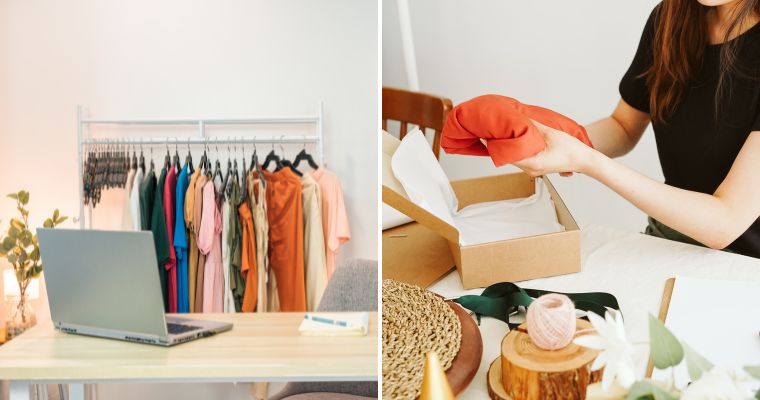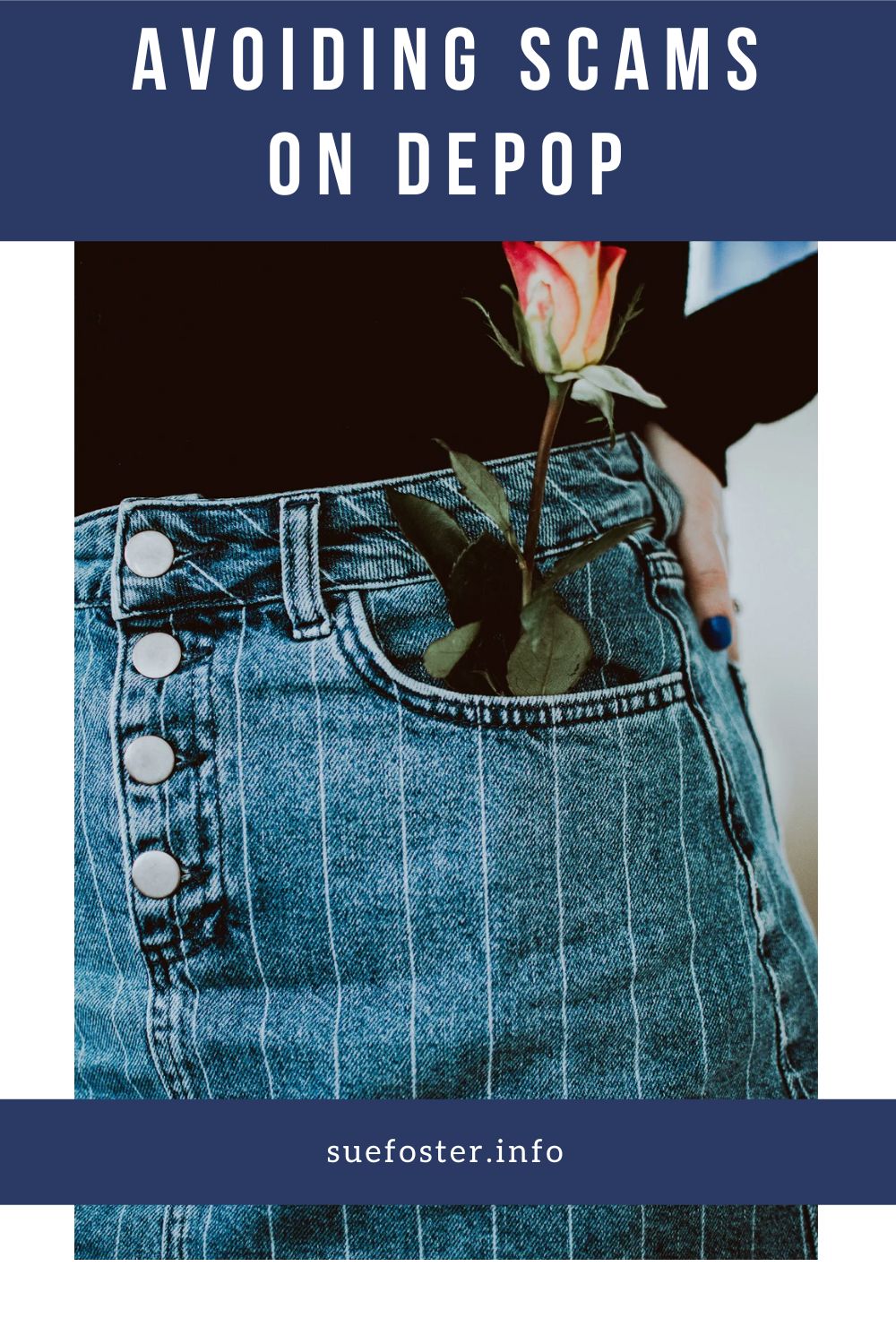Scams are unfortunately a reality with online shopping. Platforms like Depop, while offering fantastic opportunities for buying and selling, can also be breeding grounds for fraudulent activities. Whether you’re a seller or buyer, be aware of common scams and how to protect yourself from falling victim to them.

Fake Returns
While legitimate returns are part of any online marketplace, there are instances where buyers exploit the return process for their gain. They may falsely claim an item needs to be returned, then send back an empty package or box. Without proof of the item’s return, sellers risk losing both the item and their money.
To safeguard against this scam, sellers should closely monitor return processes, communicate clearly with buyers, and document any suspicious activity. Additionally, videotaping the unboxing of returned items can provide crucial evidence in disputing fraudulent claims.
Dropshipping Deception
Dropshipping, although prohibited on Depop, remains a common scamming tactic. Sellers engaging in dropshipping often steal images and listings from legitimate sellers, deceiving buyers into purchasing items that may never arrive as described.
Sellers can protect their listings by watermarking images with usernames or shop names, making it harder for scammers to replicate. Buyers can perform reverse image searches to verify the authenticity of listings before making purchases if they are unsure.
Sellers who are dropshipping products, where various companies fulfil orders aren’t permitted either. You can often spot these sellers by the professional-looking photos that the company supplies to the dropshipper.
Beware of Private Messages
Another red flag for potential scams is receiving direct messages that encourage communication outside of Depop’s platform. Scammers may attempt to solicit personal information or alternative contact methods, making it easier to perpetrate fraudulent activities.
To stay safe, users should avoid engaging with suspicious messages, block and report suspicious accounts, and refrain from sharing personal information outside of Depop’s messaging system.
Requesting Delivery to a Different Address
Scammers may exploit Depop’s buyer and seller protection by requesting deliveries to alternative addresses. Sellers must adhere to shipping addresses provided by buyers on Depop to qualify for protection. However, scammers may claim non-receipt of items shipped to different addresses, leaving sellers vulnerable to loss.
To avoid this risk, sellers should only ship to addresses listed on Depop. If a customer orders and then requests an alternate delivery address, advise them to cancel the order, update their delivery details and then reorder.
Tips for Staying Safe
- Keep all communications and transactions within the Depop app.
- Analyse potential buyers and sellers for any red flags, such as poor reviews or incomplete profiles.
- Trust your instincts and only engage with reputable sellers and buyers.
- Prioritise safety over convenience, even if it means cancelling transactions or reporting suspicious activity.
Conclusion: Stay Vigilant
It’s essential to remain vigilant against potential scams. By familiarising yourself with common tactics and implementing preventive measures, you can safeguard your transactions and enjoy a secure shopping experience on Depop.


